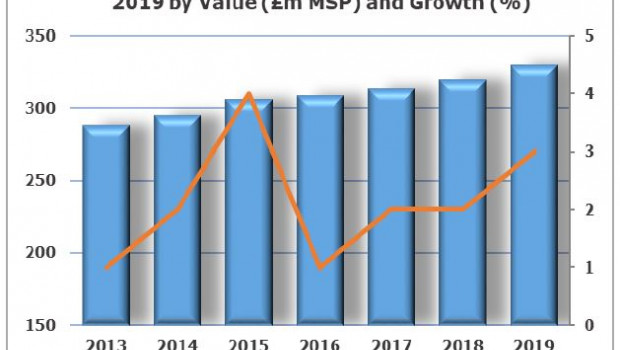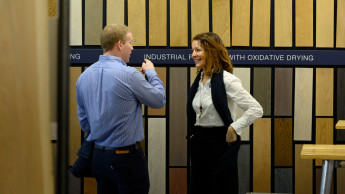Jane Tarver of AMA Research commented: "The wood floorcoverings sector is forecast to show annual gains of around to to three per cent in the period to 2021."
Wood flooring, which includes laminate in the study, is now marginally the second largest floor coverings sector in the UK, currently accounting for an estimated 16 per cent of the market in value terms. The main competition has been the vinyl sector with increasing popularity of LVT (luxury vinyl tiles) in both domestic and contract.
Domestic DIY installations of wood flooring are still below pre-recession levels and seem unlikely to improve in the short to medium term, as major DIY multiples carry out significant restructuring programmes in the face of consumer reluctance to carry out their own home improvement tasks, according to the study. At the same time, the contract sector is now suffering from the uncertainty in business confidence, particularly in the commercial office and retail sectors.The role of imports into the UK market is growing. The percentage share of imports from the EU has risen significantly from 45 per cent in 2011 to 56 per cent in 2016, while imports from Asia have fallen from 51 per cent to 41 per cent in that period.












